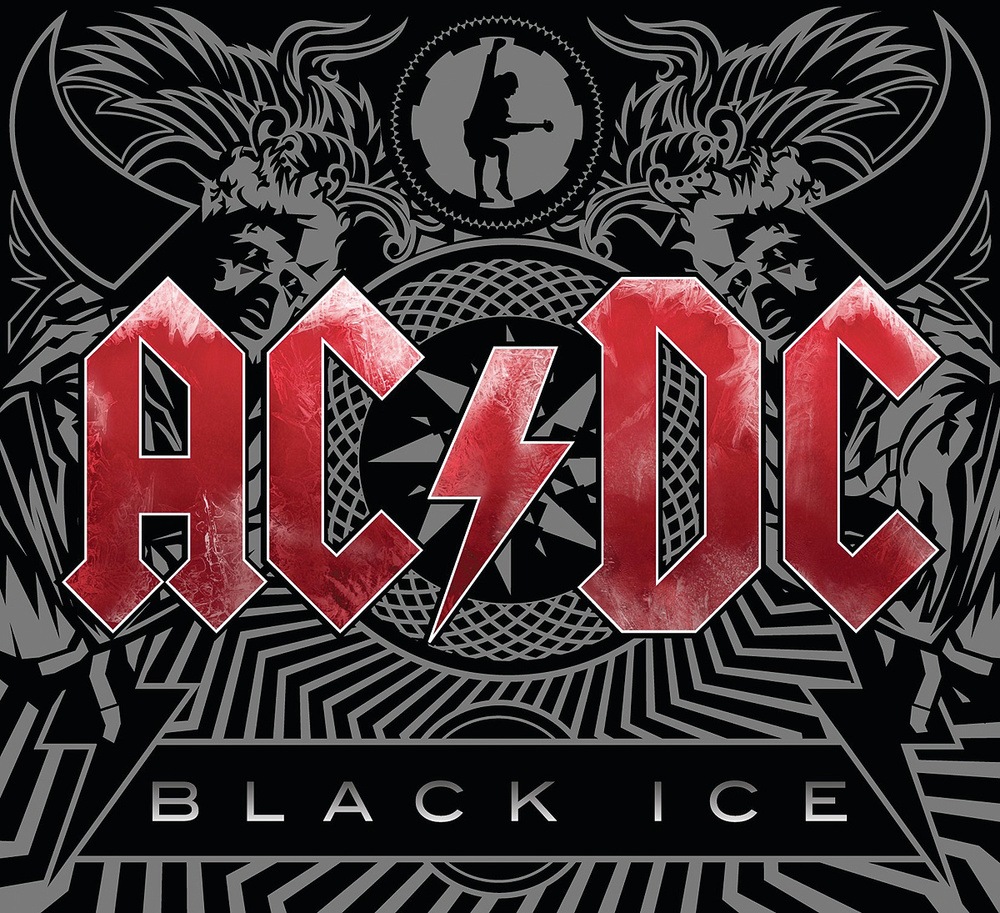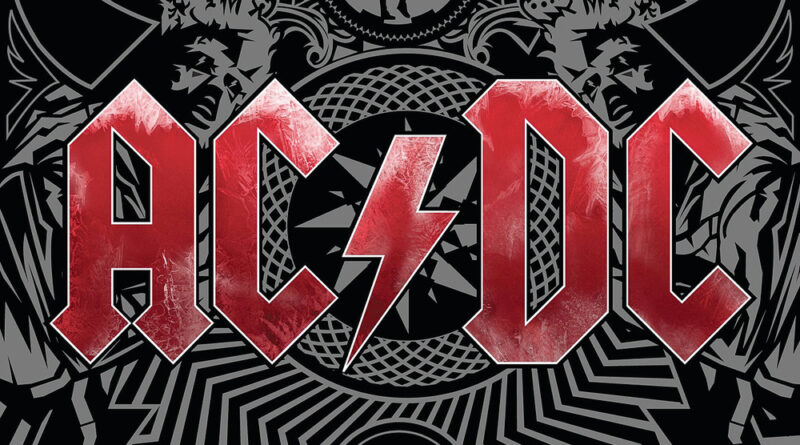HEAVY MUSIC HISTORY: Black Ice – AC/DC
When it comes to the virtue of consistency. Few bands, if any, come close to the titans AC/DC. Occasionally derided for being too same-y with their releases, offering up similar sounding tracks that leave little to be inspired by. Those people however, are wrong. When AC/DC pen an album, they are not looking to break new ground or expand melodic horizons. They are straight down the line, no nonsense rock ‘n’ roll. Often imitated but never replicated. They have influenced countless artists who name check the powerhouse Angus Young’s riffing as the source that started their personal rock journey. While there is healthy debate about which frontman is the pinnacle of the AC/DC sound. Either the tongue in cheek, fire cracker presence of the late great Bon Scott. Or the slightly more intense but with a mischievous streak and equally unique vocal style of Brian Johnson. No one can deny that AC/DC are a machine that are in a class all of their own.
You know what you’re going to get before you even press play on an AC/DC album, and that is part of the joy of being a fan of theirs. So, it was in 2008 when Black Ice was set forth amongst the world. It had been eight years since the last studio offering, Stiff Upper Lip, a period that marks the longest gap between AC/DC studio releases. The delay was party due to injury to bassist Cliff Williams as well as a shift in labels from Elektra Records to Sony Music. Recording was carried out within eight weeks in Vancouver, previous collaborator Robert John ‘Mutt’ Lang had expressed interest in returning to his post as production helm for the band. However, scheduling conflict meant ‘Mutt’ was unavailable and legendary Brendan O’Brien stepped up.
The brothers Young had got their heads together and had largely presented complete compositions to the band when they hit the studio. Working with a producer that they hadn’t before and recording in a largely live setting in the studio ignited an energy in the musicians. While all the songs are credited to Malcolm and Angus, each member brought something to the collective. Cliff Williams is quoted as largely playing the same thing in every song but that AC/DC songs are more important than any individuals contribution. Certainly, both him and drummer Phil Rudd is on top form for the nine tracks presented. The rhythm section is united in a colossal delivery. The weight and power behind these songs is undeniable.
Malcolm Young rounds out the rhythm section, providing his ever-present steadfast chord progressions underpinning the riffs. Angus shines brightly with his SG and Marshall amps cranked to maximum, screaming out the riffs and solos. Over the top of this is the enigmatic vocals of Brian Johnson. From the first note to the last, this is vintage AC/DC.
Lead singles Rock ‘n’ Roll Train, Big Jack and Anything Goes were followed up by Money Made on some radio stations. These alone generated a more than healthy buzz about the new material. Stiff Upper Lip was considered a little lack lustre all be it still a relatively solid AC/DC record. These four tracks indicated that the band had recaptured some of the magic from their previous releases. In 2010, War Machine, a further single release from Black Ice found additional interest by being included on the Iron Man 2 soundtrack. At this point in time, Marvel movies had not yet become the cinematic behemoth that they would be, however, they were still big business. AC/DC’s inclusion was never going to harm their advertising for the new album.
Critically Black Ice was largely well received. Many sited the album as a return to their formative releases such as Highway To Hell and Back In Black. The big choruses, memorable riffs backed up by pounding rhythms was the DNA of AC/DC and coupled with O’Brien they had tapped into the well that made them global stars before. Some called out that some of the tracks were longer compositions than the band were previously known for and that there was too much formulaic repetition. It’s a fine line between stability in song writing and a lack of deviation in creativity. However, while the critics bickered about whether the tracks were a glorious return to majestic form or just playing it safe, the fans made up their minds quick enough. Debuting at number one in twenty-nine countries upon its release, becoming their first UK number one since 1980’s Back In Black. It went on to become the second-best selling album of 2008 just behind COLDPLAY’s Viva La Vida or Death And All His Friends. It’s perfectly reasonable to suggest that Black Ice is one of AC/DC’s most commercially successful albums and it still stands up as one of their finest releases.
The supporting 20-month world tour for the album would see the band taking to the stage with a centre piece of a full-size locomotive. Everything was big about the tour and its conclusion would see it become the bands most successful and one of the highest grossing tours of all time. The live release Live From The River Plate stands as a record of how powerful AC/DC still were and also how much visceral energy the tracks of Black Ice have.
While there are many high points to Black Ice, there is a tinge of tragedy that now overhangs the album with hindsight. It would come to represent the final album to feature Malcolm Young. Rhythm guitarist and the architect of AC/DC. While they have since released a further two albums with 2014’s Rock Or Bust and 2020’s Power Up, both of which excellent works in their own right. There is something missing from their overall sound. It’s still AC/DC (obviously) but there is a spark missing, Black Ice contained the last great spark of AC/DC. As a swansong for the compelling creative duo of Malcolm and Angus Young it is a great testament.

Black Ice was originally released on October 20th 2008 via Sony Records.
Like AC/DC on Facebook.

